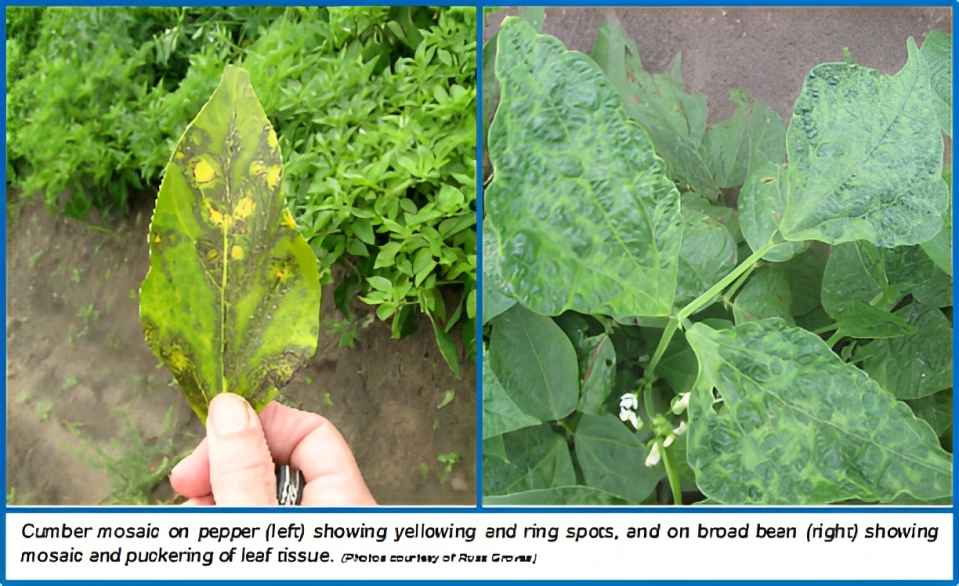Free Courses Sale ends Soon, Get It Now


Free Courses Sale ends Soon, Get It Now



Copyright infringement not intended
Context: Tomato farmers in Maharashtra and Karnataka faced lower yields due to two different viral infections earlier this year. In Maharashtra, the cucumber mosaic virus (CMV) affected the tomato crop, while in Karnataka and other southern states; the tomato mosaic virus (ToMV) was responsible for the crop damage.
Details
What is the difference between CMV and ToMV?
How do these two viruses spread?
Tomato mosaic virus (ToMV)
Cucumber mosaic virus (CMV)
Symptoms
Tomato mosaic virus (ToMV)
Cucumber mosaic virus (CMV)
How to Prevent?
Way Forward
|
PRACTICE QUESTION Q. Which of the following crops is most susceptible to mosaic virus? A) Rice B) Wheat C) Tomato D) Potato Answer: C Explanation: Tomato is one of the most common hosts of mosaic virus, along with tobacco, pepper, and eggplant. |
© 2024 iasgyan. All right reserved